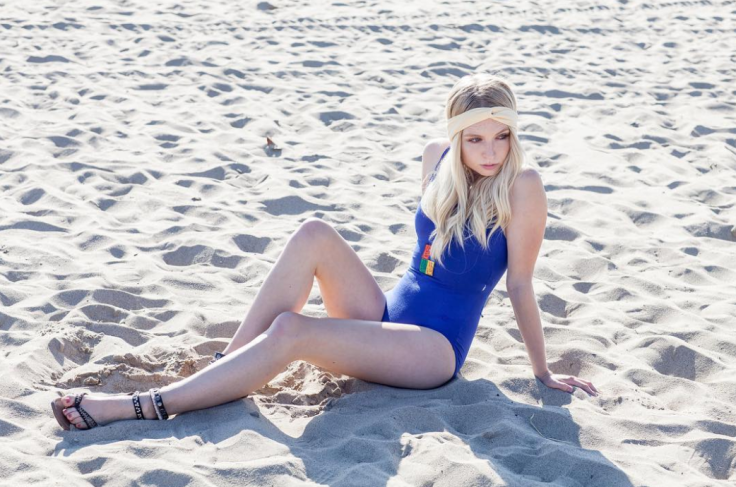It's surprisingly easy to be a paid social media star - just ask these fake Instagram 'influencers'
'Influencer marketing agency' creates two fake social stars to show how easy it is to attract brand deals.

The rise of YouTube and Instagram has generated a lucrative industry where social media stars get paid by marketers and brands for what usually amounts to a single snap or 'vlog' – but how easy is it to bag cash as a millennial 'influencer'?
Turns out it's so easy that you can fake it all and still walk away with a decent payday, as "influencer marketing agency" Mediakix recently found out when it managed to trick a number of brands into sponsoring two entirely made-up starlets.
To kick-off its not-so-altruistic endeavour, Mediakix created two bot-like Instagram accounts: Alexa Rae, aka calibeachgirl310, and Amanda Smith, aka wanderingggirl.
Professed lifestyle and fashion influencer, Alexa – described in her bio as "free as the ocean" and "living in the golden sun" – was created by Mediakix by hiring a model and shooting a month's worth of aspirational-style photos over the course of a single day, reports Uproxx.
The second fake star Amanda, a travelling photographer, was created by exclusively reposting stock images that can be found easily on the web. To maintain the illusion that Amanda was real, Mediakix used photos depicting a blonde woman whose face was always obscured from view.
The next step was garnering enough followers for each account to make it look like each star had enough of a following to dupe gullible brands. To do this, Mediakix bought followers at a rate of around $3-$8 (about £2-£6) for every 1,000 followers, followed by Instagram 'likes' at a rate of roughly $4-$9 for 1,000 likes at a time.
Each account eventually boasted between 30,000 - 50,000 followers, with almost all of the accounts' admirers obtained via illegitimate methods, and all achieved without Instagram noticing the devious scheme.
What came next was a total of four brand deal offers, with each account attracting two paid sponsors. In total the offers – which came from food, drink, and swimsuit companies – reached just over $500, which isn't a huge amount considering the five-figure sums that some marketers frivolously dish out, but Mediakix said the project is a clear example of how little due diligence some brands pay when selecting their social partners, as well as the loopholes that exist on social media sites which enable such blatant fakery.
"We're seeing more established influencers focus on authenticity," Evan Asano, CEO & Founder of Mediakix told Uproxx, "but we're also seeing lots of small micro-influencers pop up and do whatever it takes to get paid." The problem is that companies can't be sure who really has actual influence, and for followers, it may be hard to tell if the person in front of the camera is even real at all.
"It's very difficult for anyone to vet all influencers especially with the growth of micro-influencers. In terms of implications, it really requires brands doing their due diligence and working with the right agencies or platforms to make sure that every dollar is being put to use."
Below are two of the false posts used to fool over-eager marketers:
© Copyright IBTimes 2024. All rights reserved.






